Sahajayana: A Study of Tantric Buddhism
In the garden of Civilisation and Culture, religion is generally observed as a tascinating flower. Flower is viewed from its elegance and iragrance. Efflorescent in Eastern India, Sahaja- yana, from Seventh Century A.D. onwards exerted a splendid fascination over the minds of the people of India and even abroad by its lofy ideas ideal ideals. By its principles, philosophy and pragma.ism it advocated a system of Anuttara yoga, or transcendental meditation, discarded the age-old formalities of elaborate rite and rituals, rejected the imaginative caste- discrimination of Veda and ultimately established he identity of Samsara (the phenomenal world) with the highest truth to which it calls Sahaja. In 1907 Mm. H. P. Sastri brought to light the famous literary work "Bauddhagana O Doha" which contained an anthology of songs and dohas composed by the Siddhas of Sahajayana. This work has been studied by scholars from the linguistic, literary and philosophical standpoints in an uninterrupted continuity. The historical evolution of Sahajayana especially in Orissa, the Cradle land of this school has not been studied satisf'ac orilly so far; although fragmentary analyses of this nature are not absolutelv sparse in many texts. From the sandpoint of a systematic study of Sahajayana in Orissa, this work makes an humble attempt 0f bridging this cultural chasm and in this consideration may be claimed as the first of its kind.
Get it now and save 10%
BECOME A MEMBER

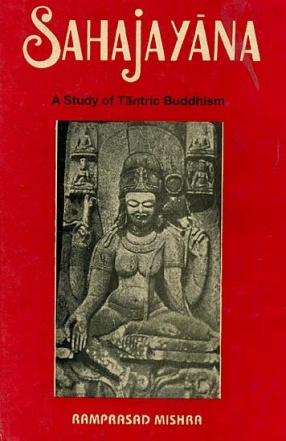

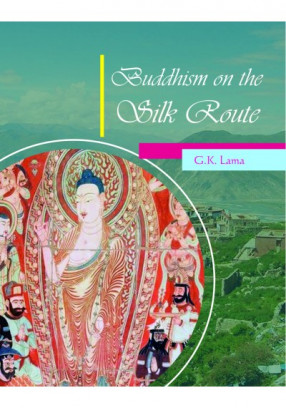
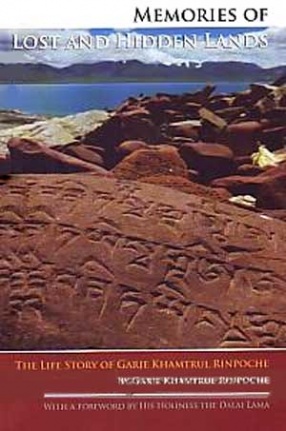
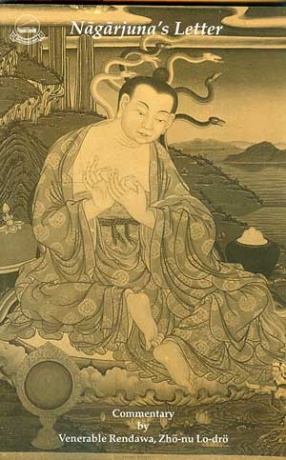
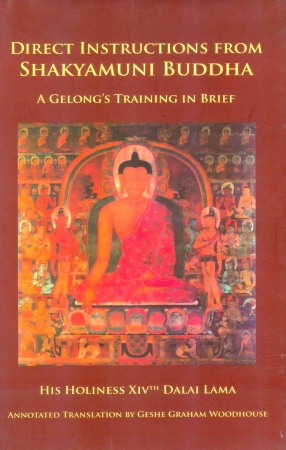

Bibliographic information